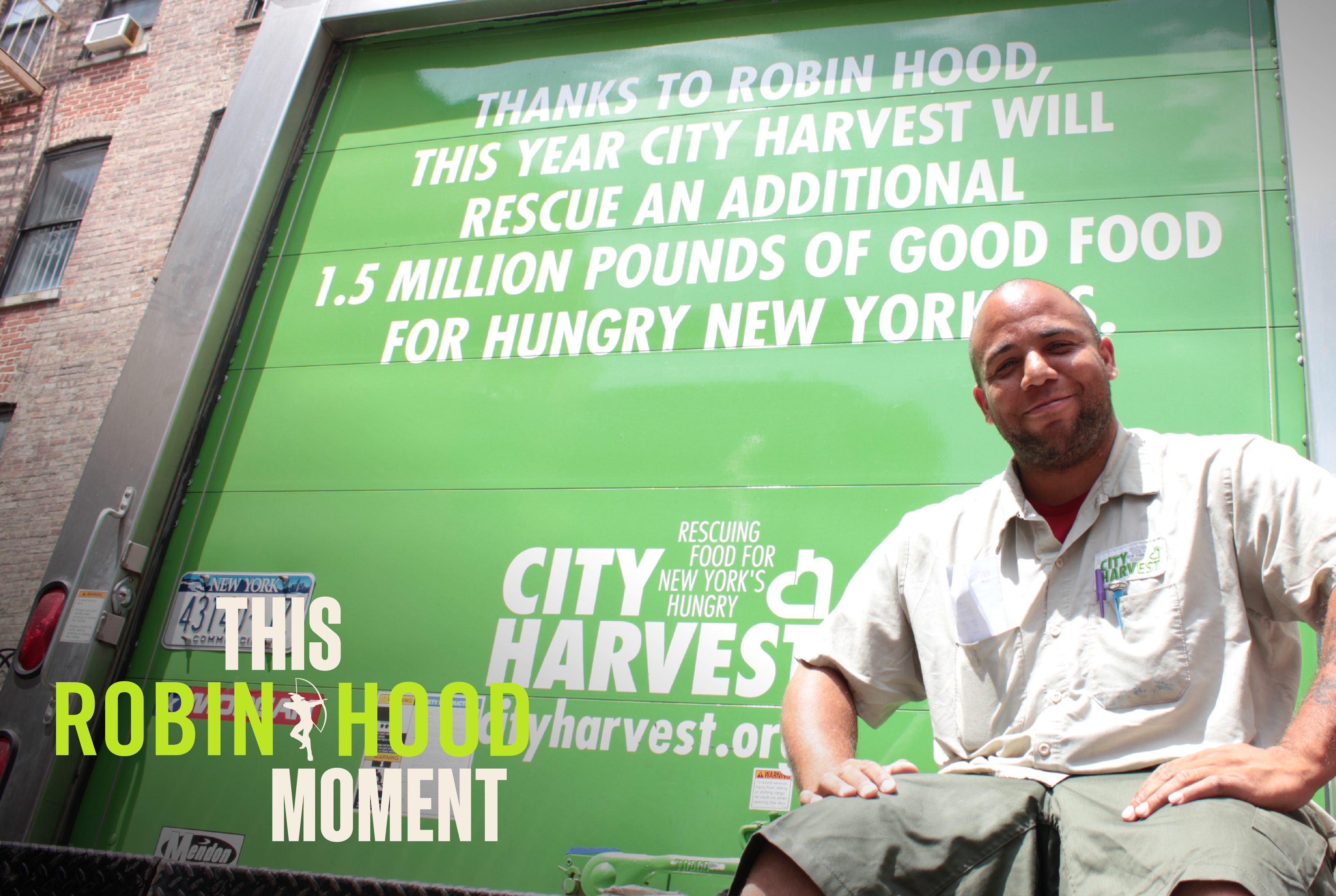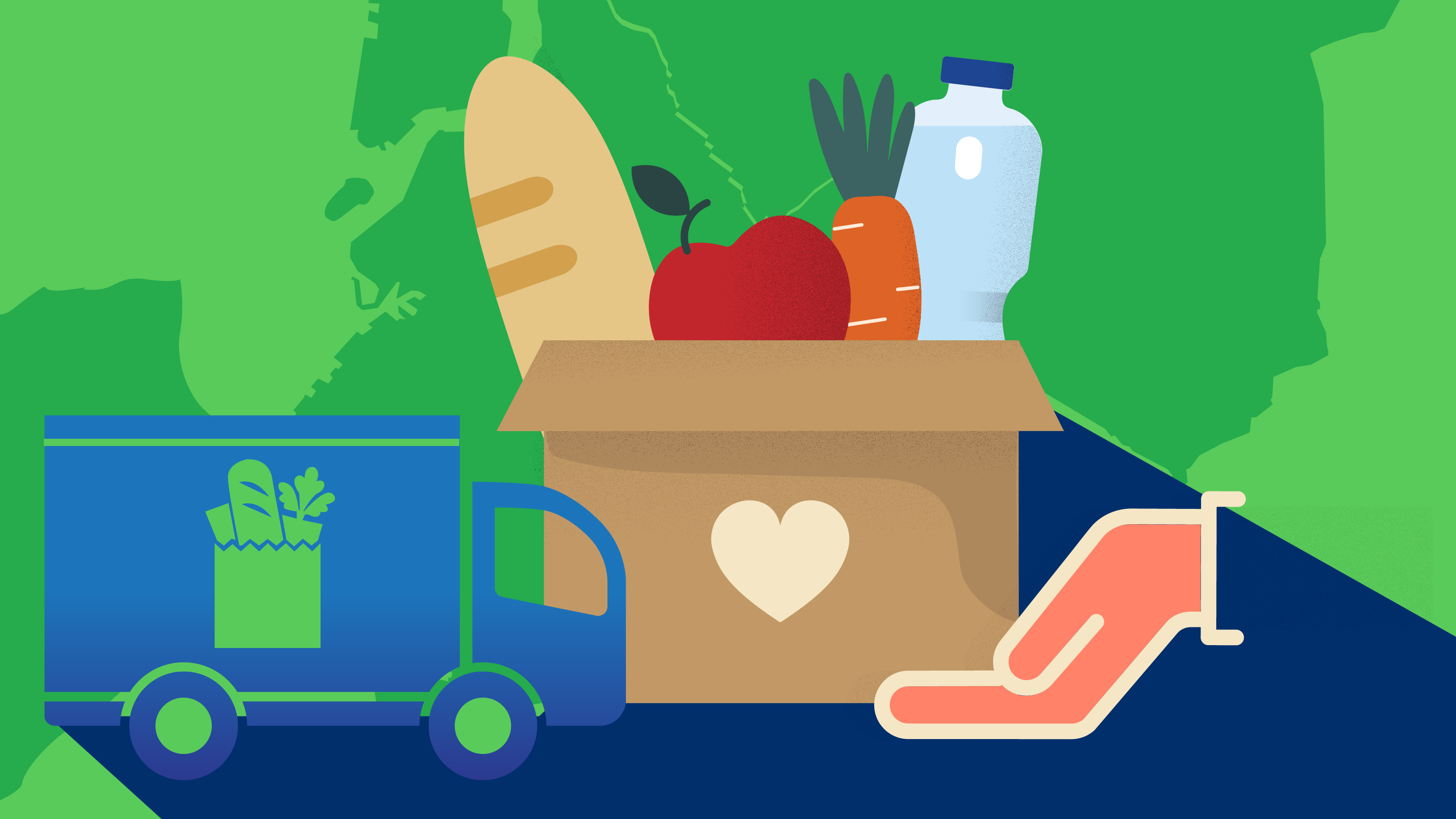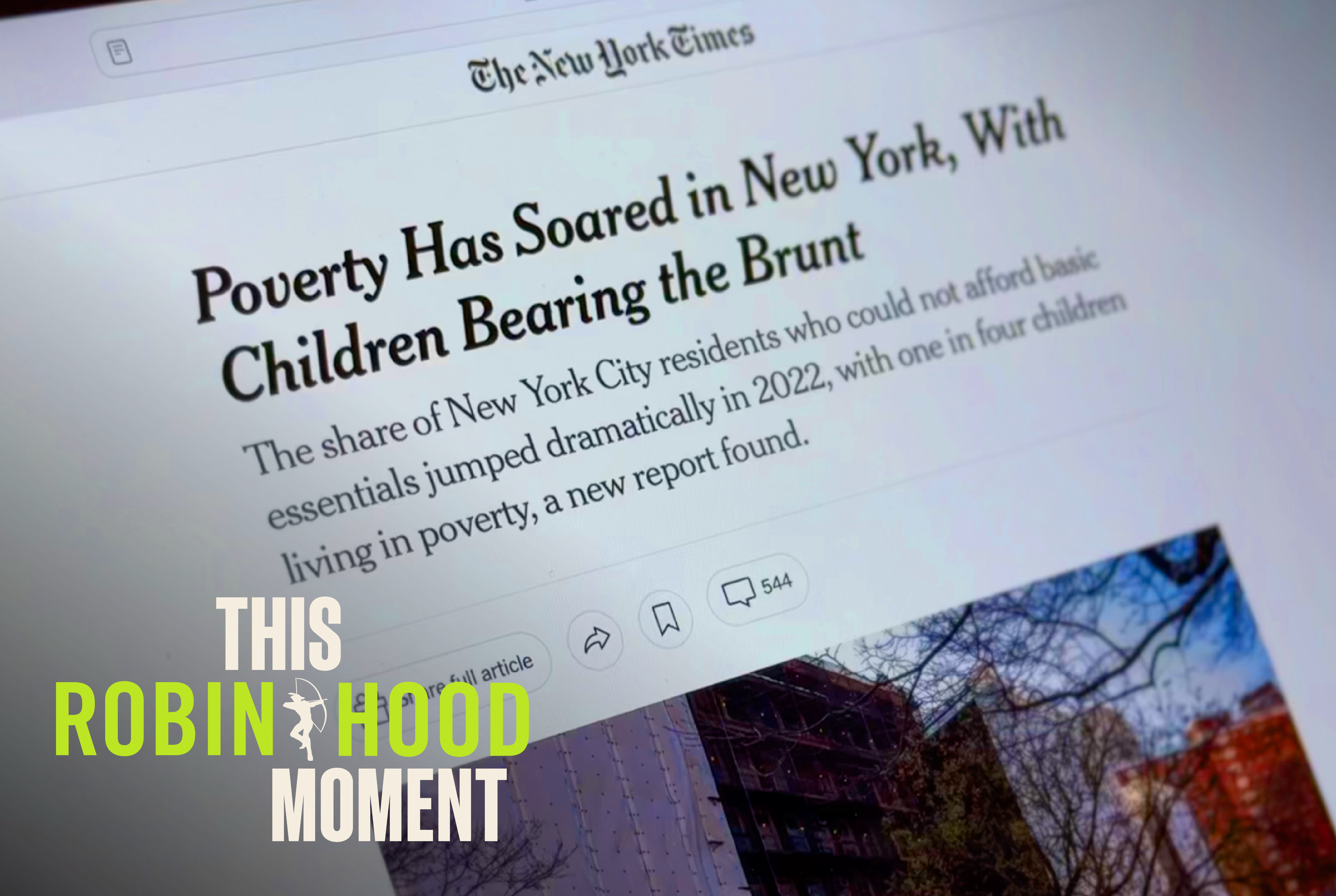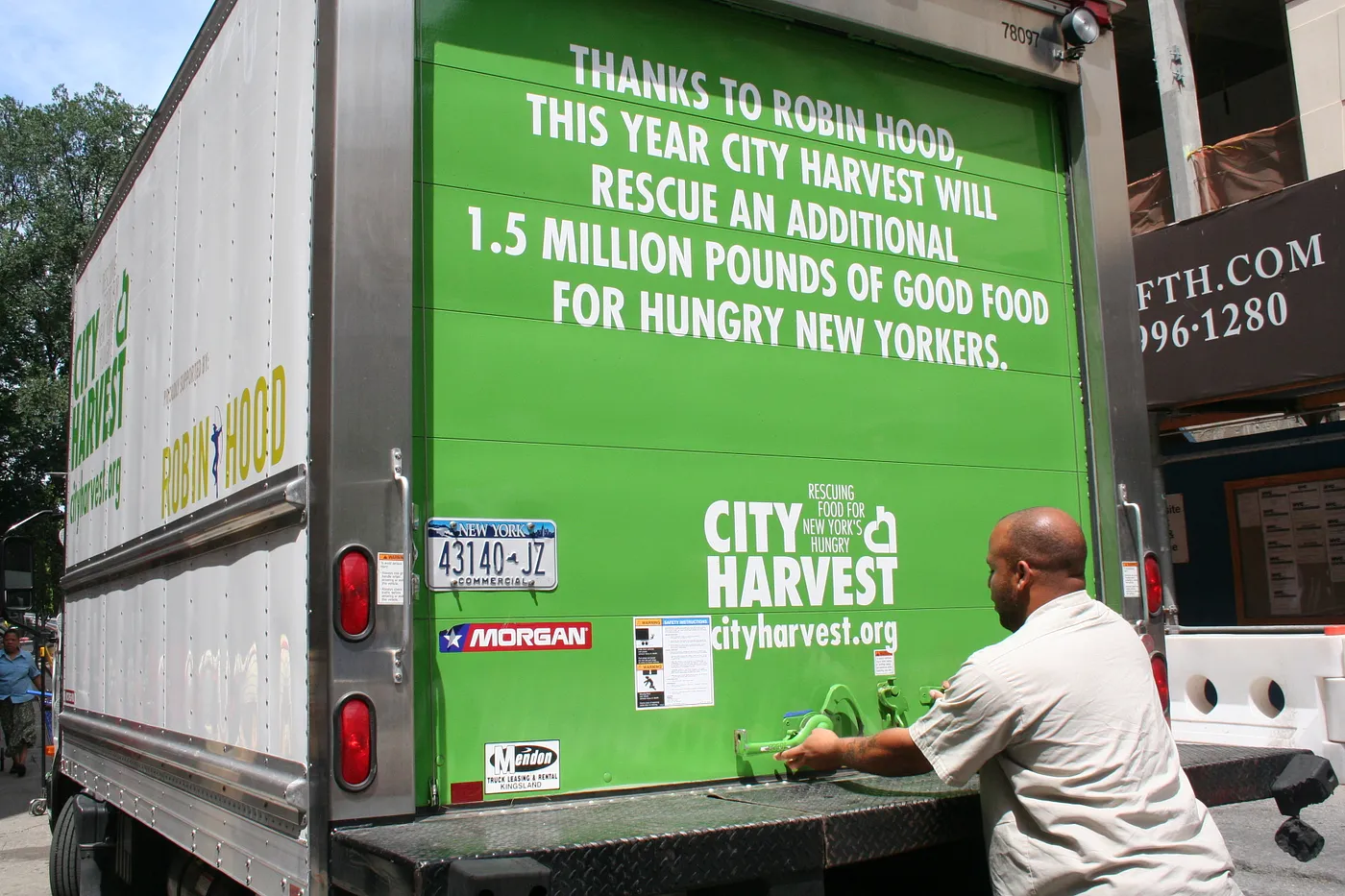Jan 21, 2021
Why Solving Food Insecurity is Key to New York City’s Recovery
By Raj Borsellino, Program Officer | Adults and Household Supports
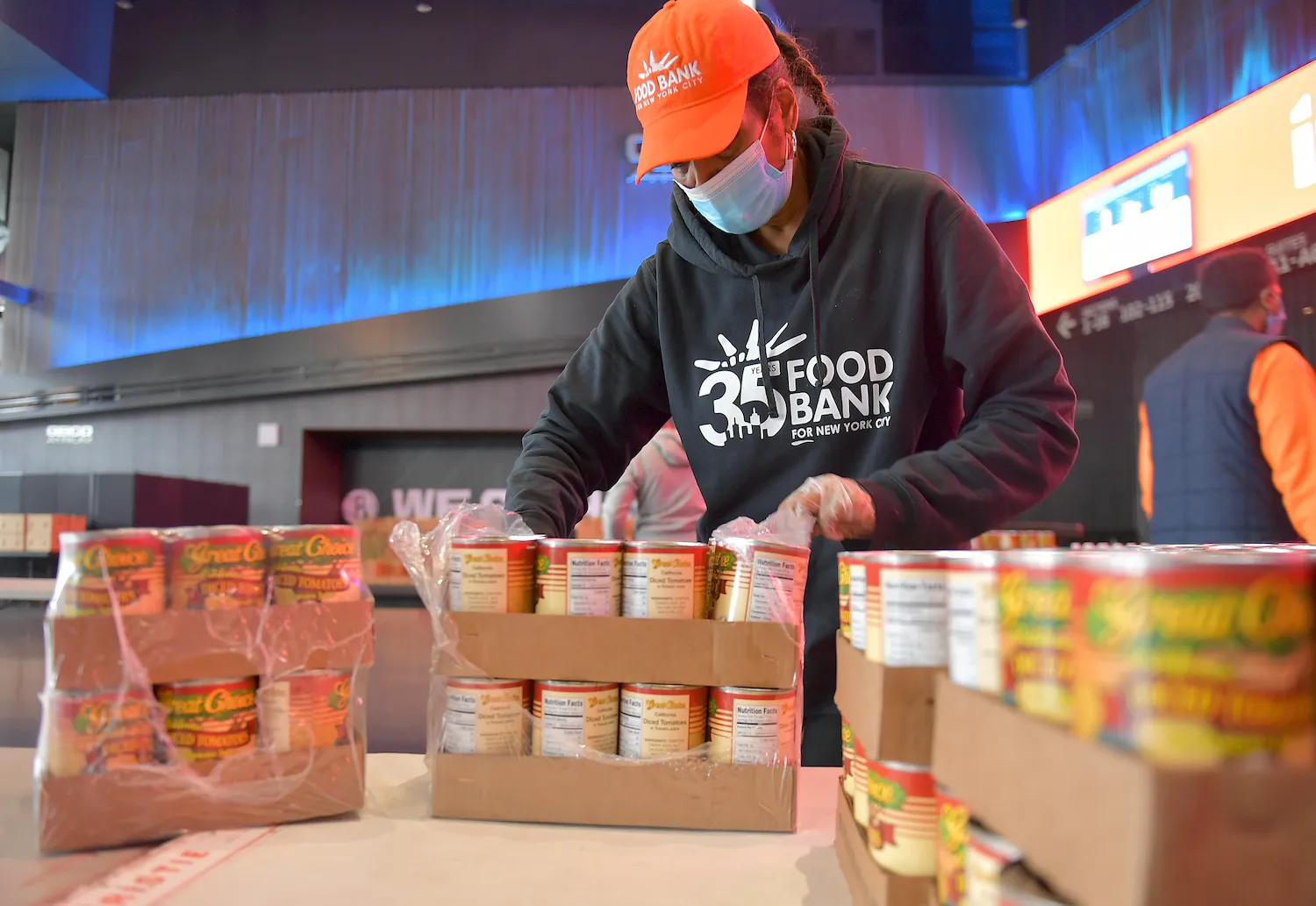
If you want to gauge the state of economic recovery from the COVID-19 pandemic, look to food insecurity.
Food insecurity — lack of reliable access to healthy food — is a barometer of stability for individuals, families, and societies at large. It’s a signal of distress. When a person isn’t fed, their chances of escaping poverty are almost nonexistent.
This is partly because hunger leads to poor health outcomes and higher rates of chronic disease, which carries economic consequences. But it’s also because hunger is often one of many challenges that a person is dealing with: It works in tandem with access to housing, educational opportunities, employment status, and more.
As the economy improved over the past decade, food insecurity in New York City had steadily declined. But the COVID-19 pandemic, and the resulting economic consequences, has led to a sharp and sustained rise. And New York City is now in a full-blown hunger crisis.
Official estimates show that the number of food-insecure New Yorkers nearly doubled, from 1.2 million to 2 million, over a period of just a few months. Communities of color have been disproportionately affected.
The statistics are staggering:
42
%
of New Yorkers have already run out of food or are worried about running out.
32
%
of New Yorkers turned to a pantry in the past year, up from 12 percent last February.
60
%
of New Yorkers who were enrolled in SNAP (food stamps) were also forced to use pantries in July and August.
Many of our community partners have witnessed this on the ground as well. The River Fund, a Robin Hood partner based in Elmhurst, Queens, has seen lines at its food pantry that stretch for 16 city blocks. The Campaign Against Hunger, a Robin Hood partner based in Brooklyn, provided 10 million meals more in 2020 than it did in 2019. And La Jornada, also based in Queens, saw a 10-fold increase in clients in just a matter of months.
Since March 2020, Robin Hood’s Relief Fund has made more than $10 million in grants for emergency food to more than 120 organizations. But this isn’t a 2020 problem. The demand for support around food insecurity is ongoing. And we can’t help foster recovery and lift people out of poverty without meeting them where they are.
Here are a few key takeaways from the challenges of the past year:
1. We must rethink the food system.
For more than three decades, Robin Hood has invested in wholesalers and food pantries in high-need neighborhoods across the five boroughs. These agencies have been on the front lines in responding to the dramatic increase in food insecurity during the pandemic. As we look ahead, we plan to look to them and other nonprofits to explore an equitable and sustainable system in the longer term.
To that end, we’ve partnered with groups that are pioneering the distribution and repurposing of excess restaurant food. We’re exploring pilots with bargain grocery stores (a hybrid between a food pantry and a traditional retail store) and online pantry models that help address the stigma and health concerns surrounding in-person visits. We’re excited about the hundreds of community fridges that have popped up in communities across the city, run almost exclusively by young women who keep them decorated and stocked with food. It’s an opportune time to look to nontraditional, community-based approaches.
2. Not all food is created equal.
The cuisine served across New York City is as diverse and wide-ranging as the city itself. Some New Yorkers may be accustomed to meals served with sliced bread, naan, baguette, tortilla, nsima, or pita. Others may have strict dietary restrictions due to religion or health concerns. Food — even food provided with the best of intentions — must respect the culture of its recipients and, crucially, be nutritionally dense. We’ve been proud to work with agencies that cater to dozens of ethnic and cultural backgrounds across the city.
3. Food distribution models should reflect the communities they serve.
For undocumented New Yorkers, a trip to a food pantry can be a terrifying endeavor. There’s a range of concerns for this community: They’ve seen the biggest job losses of any group in the city in the past year, yet they’ve been shut out of government benefits and pandemic stimulus money. They’re worried about feeding their families while maintaining their own safety.
Similarly, individuals with chronic health conditions may not have the ability to travel far, a challenge that has only been exacerbated due to the spread of the Coronavirus. Some may not even be able to leave home at all. Robin Hood focuses hyper-locally, supporting small, neighborhood pantries where vulnerable people feel safe and protected, and providing home food deliveries when necessary.
4. Philanthropy is only one piece of the puzzle.
Robin Hood has been proud to partner with more than 120 wonderful nonprofit organizations in the fight against food insecurity, but we also know that longer-term solutions require large-scale government investment. We’re heartened that the most recent federal stimulus bill increased funding for SNAP on a temporary basis, but will continue to seek sustainable, long-term solutions at the city, state, and national level.
